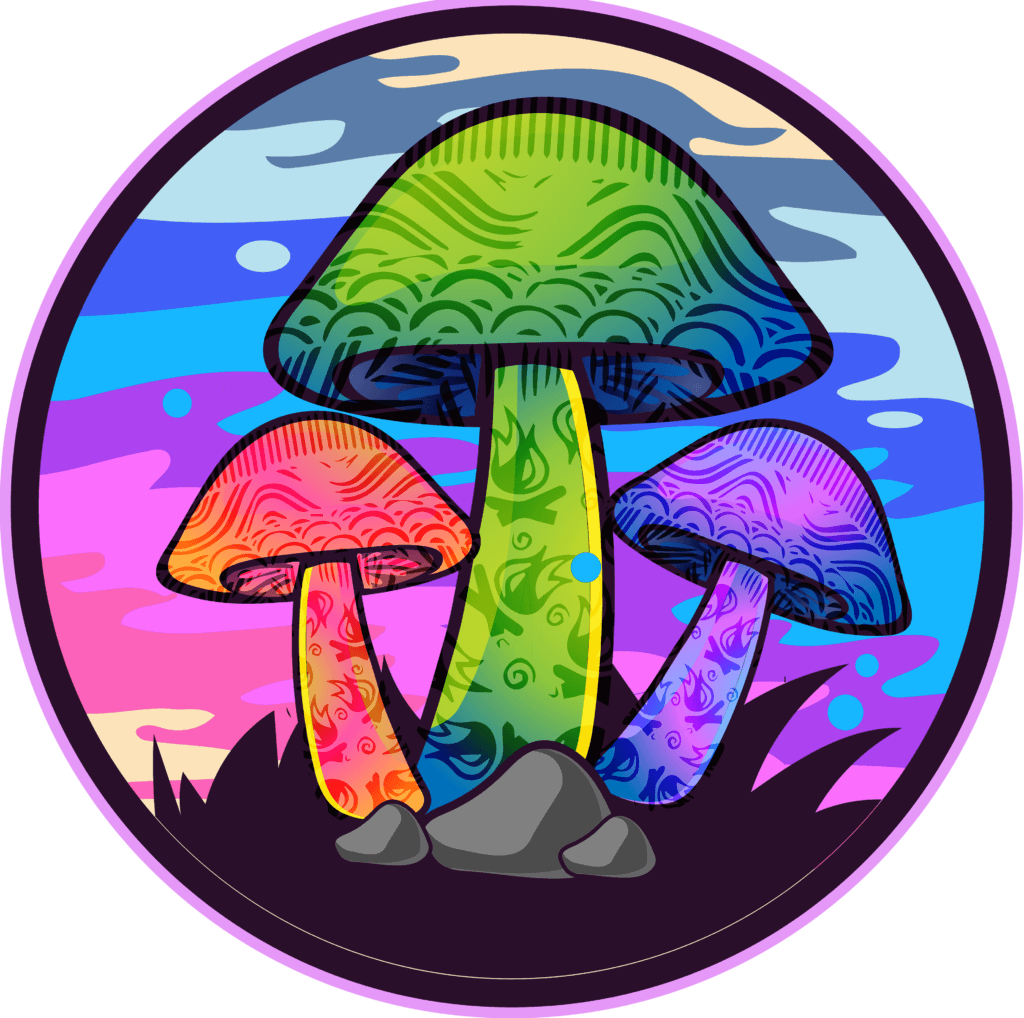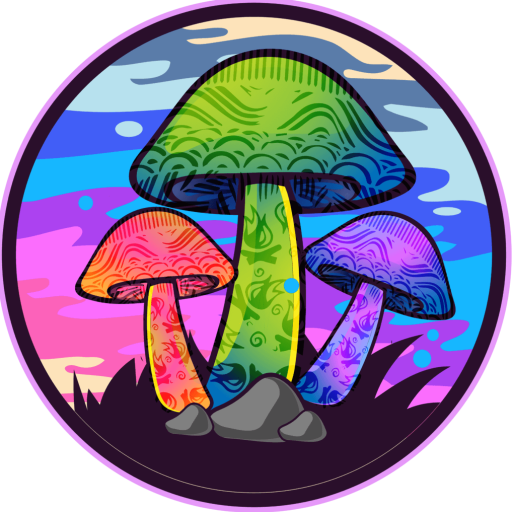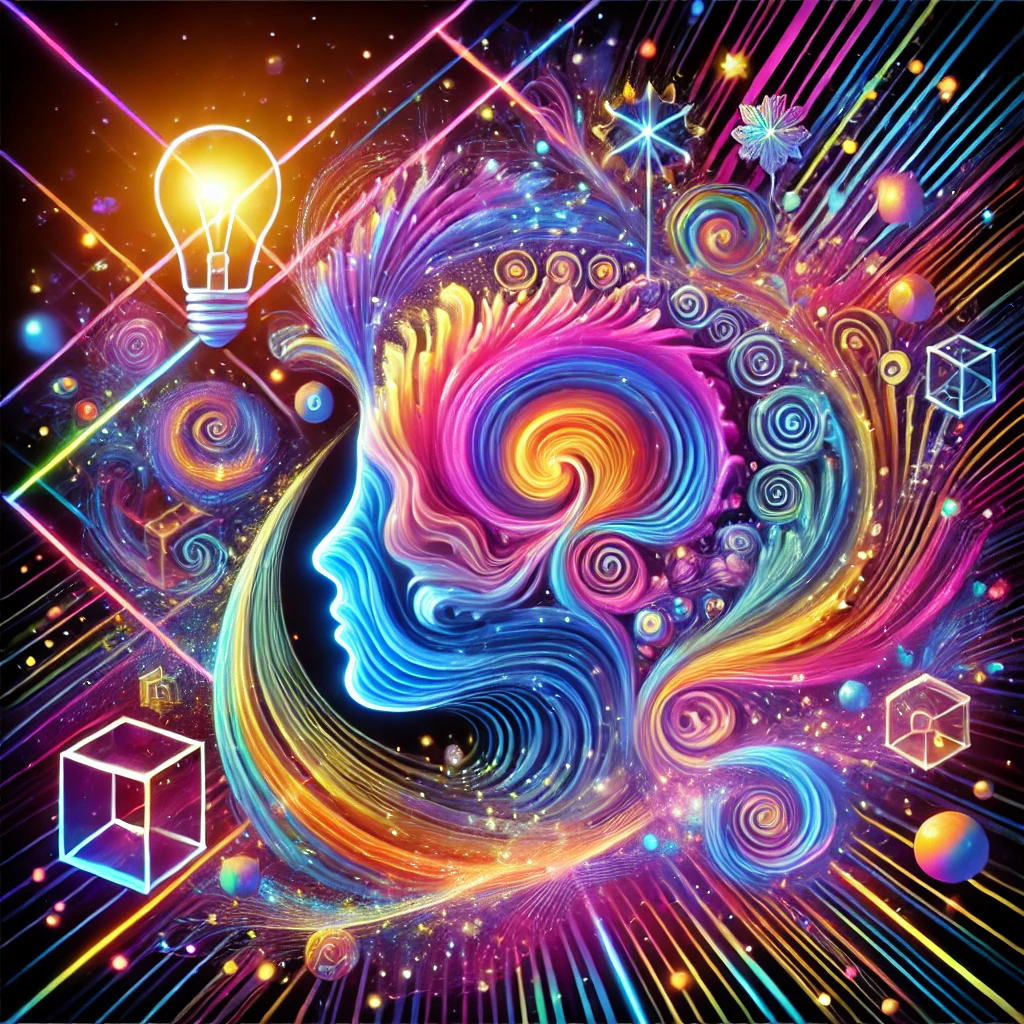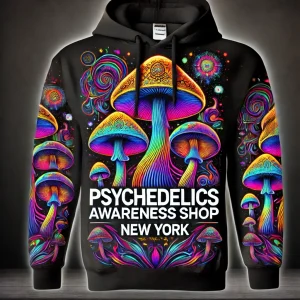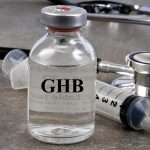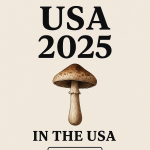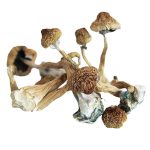Introduction
What is it about LSD (Lysergic acid diethylamide) that sparks such fascination? Once a counterculture symbol and now the subject of serious scientific research, LSD occupies a unique space in both popular culture and medical exploration. Could this substance, often misunderstood and mischaracterized, hold potential that transcends its psychedelic allure?
In this article, we embark on a deep dive into the multifaceted world of LSD. We’ll explore its history, chemistry, effects, therapeutic potential, and societal impact. As we unpack the nuances of LSD, we’ll address the questions that many have but few dare to ask.
Main Topic Overview
What is LSD?
LSD is a synthetic compound derived from lysergic acid, a substance found in ergot, a type of fungus that grows on grains like rye. Discovered by Albert Hofmann in 1938, LSD gained worldwide attention in the 1960s during the counterculture movement. Its mind-altering effects, often called “trips,” made it both revered and feared.
LSD works by interacting with serotonin receptors in the brain, primarily the 5-HT2A receptor. This interaction leads to profound alterations in perception, thought, and emotion. But is that all LSD has to offer? Let’s delve deeper.
Key Concepts : LSD FOR SALE
1. The Science Behind LSD
To understand LSD fully, one must first grasp how it works in the brain. LSD is a potent hallucinogen, meaning it causes significant changes in perception, mood, and cognitive processes. But what does that mean at a molecular level? LSD primarily acts on serotonin receptors, especially the 5-HT2A receptor, which plays a crucial role in mood, cognition, and sensory perception. Buy LSD Online
But why does LSD affect individuals so differently? Some report euphoric, life-altering experiences, while others face terrifying hallucinations. This disparity raises critical questions: Does the drug itself determine the nature of the experience, or do factors like environment and mindset play a larger role?
2. History of LSD: From Discovery to the Psychedelic Revolution
LSD’s history is as colorful as the experiences it induces. After its synthesis by Swiss chemist Albert Hofmann in 1938, it remained largely obscure until Hofmann accidentally ingested it in 1943, leading to the first documented “acid trip.” Following this discovery, LSD became a subject of scientific research and clinical use, particularly for psychiatric disorders.
The 1960s saw LSD rise to fame as a symbol of counterculture, with figures like Timothy Leary advocating for its use in expanding consciousness. However, concerns about its potential for abuse led to its criminalization in many countries by the 1970s. How did this transition from a tool for therapy to a symbol of rebellion happen so quickly?
Subtopics and Exploration
3. Therapeutic Uses: LSD in Modern Medicine
Recent years have seen a resurgence in the interest surrounding LSD, particularly in its potential therapeutic applications. How can a drug once associated with counterculture and rebellion find a place in modern psychiatry?
Research suggests that LSD could have profound benefits for patients suffering from mental health conditions such as depression, PTSD, and anxiety, especially those resistant to conventional treatments. Clinical trials have shown that controlled LSD experiences, when administered in therapeutic settings, can lead to long-lasting improvements in mental health. But how exactly does this work?
Studies suggest that LSD’s ability to disrupt entrenched patterns of thought may help patients break free from negative cognitive cycles. Additionally, the substance’s ability to evoke deep emotional responses could provide a cathartic experience, helping patients process trauma and difficult emotions.
4. Microdosing: Enhancing Creativity and Productivity?
One of the most intriguing aspects of LSD’s modern resurgence is the practice of microdosing. Instead of taking a full “trip” dose, individuals consume a sub-perceptual amount, typically around 10-20 micrograms. Advocates claim that microdosing LSD can enhance creativity, boost mood, and improve focus, without inducing the intense hallucinations associated with larger doses.
But is microdosing just a trend, or does science support these claims? Emerging studies show promising results, with participants reporting improvements in mood and cognitive function. Yet, there is still much we don’t know about the long-term effects of microdosing and its safety.
5. The Legal Landscape: Where Does LSD Stand Today?
LSD’s legal status is another point of intrigue. In most countries, LSD is classified as a Schedule I substance, meaning it’s considered to have no medical use and a high potential for abuse. However, the growing body of research into its therapeutic benefits is challenging this classification.
Several regions, particularly in the U.S., are beginning to reconsider their stance on psychedelics, with some cities decriminalizing the possession and use of LSD. Could we be on the brink of a major shift in the legal perception of LSD?
Specific Case Studies/Examples
6. Case Study: LSD and PTSD Treatment
Consider the case of “John,” a military veteran who participated in a clinical trial for LSD-assisted therapy. John had been struggling with severe PTSD for years, and traditional treatments had done little to alleviate his symptoms. However, after undergoing several LSD-assisted therapy sessions, John reported significant improvements. His flashbacks and nightmares became less frequent, and he found himself better able to cope with stress.
This case is just one example of the potential for LSD to assist in the treatment of PTSD, but it raises larger questions: Could LSD become a mainstream treatment for trauma-related disorders?
7. Case Study: LSD and Creativity in Silicon Valley
The use of LSD to boost creativity is not a new phenomenon, but in recent years, it has gained popularity among tech professionals in Silicon Valley. Some of the most innovative minds in the industry credit microdosing with helping them think outside the box and solve complex problems. This trend has sparked debate: Is LSD enhancing creativity, or are people just looking for a legal high?
Conclusion
LSD is a multifaceted substance that continues to captivate researchers, therapists, and curious minds alike. From its historical roots to its potential for revolutionizing mental health treatments, LSD offers a unique window into the mind’s potential. As we continue to study and understand this substance, it may one day shift from the shadows of counterculture into the spotlight of modern medicine.
But with all its potential, LSD remains a substance that must be approached with caution. Whether used in clinical settings or as a tool for personal growth, it requires a deep understanding of its risks and benefits.
